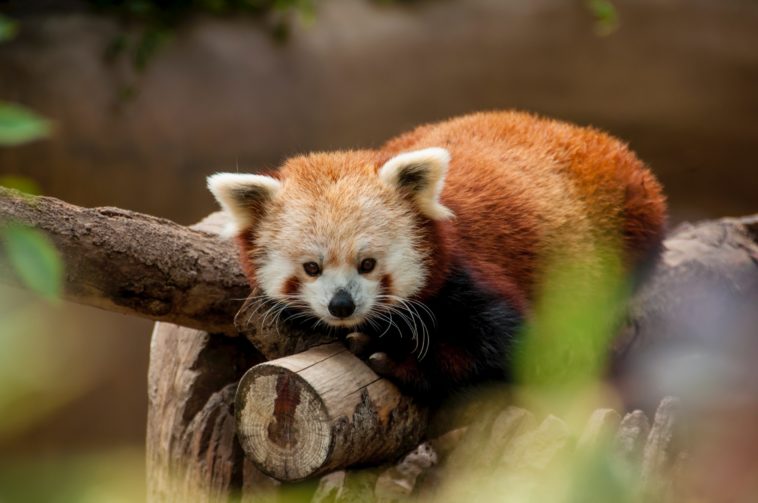Key Takeaways
- The red panda, a small mammal native to the eastern Himalayas and southwestern China, is known for its dense reddish-brown fur, unique ringed tail, and a charming, cat-like face.
- Despite its name, the red panda is not closely related to the giant panda but shares an extended wrist bone or “false thumb” used for grasping bamboo.
- This creature is an endangered species due to habitat loss and poaching, with conservation efforts in place across its range.
- The red panda’s diet is primarily bamboo, but it also consumes fruits, eggs, and small mammals.
- Fascinatingly, the red panda has a rich cultural significance in various regions, often associated with good luck and protective qualities.
Ah, the red panda – a creature as enigmatic as it is adorable. Picture this: a small, bushy-tailed animal, almost like a cross between a raccoon, a cat, and a teddy bear, nestled in the dense forests of the eastern Himalayas and southwestern China. With its dense reddish-brown fur, a black belly, and strikingly white-lined ears, the red panda is a sight to behold, especially when lounging on a tree branch with its magnificent tail wrapped around itself.
A Tale of Two Subspecies
The story of the red panda is a tale of evolution and diversity. There are two subspecies – the Himalayan and the Chinese red panda – genetically diverged around 250,000 years ago. While they share the characteristic charm and cuteness, they differ slightly in appearance. The Himalayan subspecies flaunts a lighter-colored forehead and more ochre-tipped hairs, whereas its Chinese counterpart has a darker coat and less white on the face.
The Bamboo Diaries
Now, let’s talk about the red panda’s favorite pastime – eating bamboo. Imagine them perched on a tree, plucking leaves with their pseudo-thumb, an evolutionary marvel. Despite being primarily bamboo eaters, they do enjoy the occasional fruit, blossom, and even eggs. It’s like a gourmet dining experience in the wild!
The Struggle for Survival
But, not all is rosy in the world of red pandas. Poaching and habitat loss have pushed these creatures to the brink of endangerment. Imagine these gentle beings losing their homes to deforestation or falling prey to illegal hunting. It’s a heart-wrenching scene. Thankfully, efforts are underway to protect them, with community-based conservation programs and breeding efforts in zoos worldwide.
A Cultural Icon
The red panda holds a special place in the hearts and cultures of the regions it inhabits. In some cultures, they’re seen as good luck charms, and in others, as reincarnations of Buddhist monks. Their adorable visage has even inspired characters in movies, video games, and as the mascot of the famous Firefox web browser.
The Tale Continues
The story of the red panda is ongoing, with new chapters being written by conservationists, scientists, and nature lovers. Their survival and well-being in the wild are a responsibility that falls on all of us. By understanding and appreciating these magnificent creatures, we can help ensure their story doesn’t end in tragedy.
Frequently Asked Questions
- Why is the red panda endangered?
The red panda faces the threat of extinction primarily due to habitat loss, deforestation, and poaching. Their natural habitats are being fragmented by human activities, reducing their living space and food sources. - Are red pandas related to giant pandas?
Despite their similar names, red pandas are not closely related to giant pandas. They are part of a different family and are more closely related to raccoons and weasels. - What do red pandas eat besides bamboo?
Red pandas primarily feed on bamboo, but their diet also includes fruits, acorns, eggs, birds, and small mammals. - Can red pandas be found in zoos?
Yes, red pandas are a popular species in zoos worldwide. There are several breeding and conservation programs in place to help increase their numbers. - How can we help in conserving red pandas?
Supporting conservation programs, spreading awareness about their plight, and contributing to organizations working towards their protection are effective ways to help conserve red pandas.





